
views
X
Research source
Basic Concepts

Understand place values. A normal number can have more than one digit, each one with a different place value. The number 472, for instance, has a 2 in the "one's place," a 7 in the "tens place," and a 4 in the "hundreds place." This means that the 2 is just worth 2, but the 7 (in the tens place) is ten times as big as it looks. It actually means 70. The 4 in the hundreds place is ten times as big again and means 400.
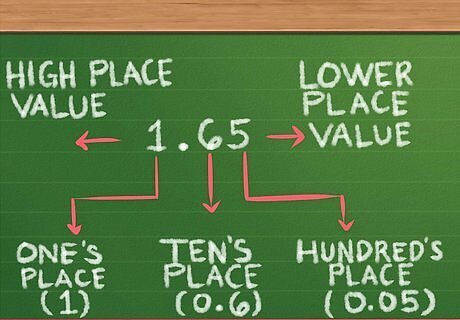
Understand decimals. If adding digits to the left of a number gets to higher and higher place values, it makes sense that digits to the right of a number get smaller and smaller. To show that we're using place values smaller than one, we place a decimal point after the one's place. Just like digits to the left get bigger in multiples of ten, the digits after the decimal point have a place value that gets divided by 10 each time you move right. For example, the number 1.65 has a 1 in the one's place, a 6 in the tenths place, and a 5 in the hundredths place. The 6 is one-tenth as big as it looks (0.6), and the 5 is one-hundredth the size of a regular 5 (just 0.05).
Adding Decimals

Line up the decimal points of the numbers you're adding. Whenever you add decimals, write each number on a separate line, in one vertical stack. Always line up the decimal points, so each digit in a column has the same place value. For example, to solve 31.8 + 0.45, write 31.8 over 0.45, with the 1 over the 0 (both in the one's place) and the 8 over the 4 (both in the tenths place).
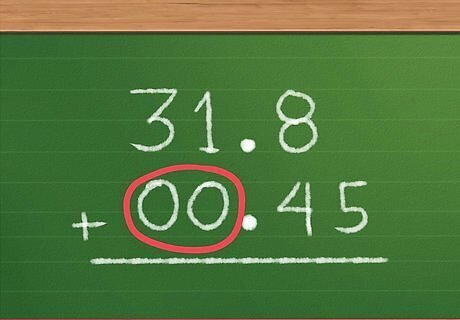
Extend numbers with zeroes if necessary to line them up. Sometimes your numbers won't neatly line up, because they don't have the same number of digits or they don't use digits in the same place value. If this happens, add 0s to the beginning and/or end of the numbers so they have the same number of digits. This doesn't change the value of the number, since it means there's nothing in that place value. For example, you can write 31.8 + 0.45 as 31.80 + 00.45, so they line up over each other.
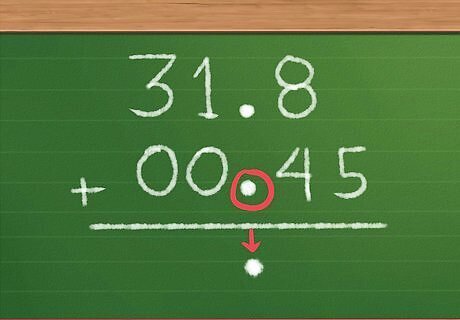
Bring down the decimal point. Write the decimal point on the answer line, directly below the decimal points lined up in the problems you're adding.
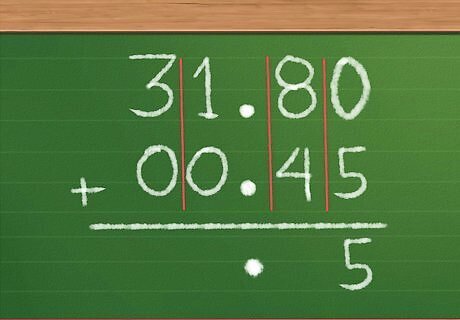
Add the numbers in the right column. At this point, it's exactly like a regular addition problem. Add up the numbers in the column furthest to the right and write the answer on the answer line, directly beneath them. For example, to solve 31.80 + 00.45, start with 0 + 5. Write the answer, 5, beneath that column. 31.80 + 00.45 = _ _ . _ 5.

Move left and repeat, carrying the 1 if you get an answer 10 or greater. Remember, just like ordinary addition, if you get a two-digit answer, you need to "carry the 1" into the next column on the left. In our example problem, the next column to add is 8 + 4. The answer is 12, which can't fit in one digit of the answer. Write the 2 in the answer line, and carry the 1 into the column to the left, writing it as a small number above the column. 31.80 + 00.45 = _ _ . 2 5.

Continue until you run out of columns. Continue just like you would for an ordinary addition problem until all the digits have been added. Remember to include "carried numbers" in your addition. Adding the next column in our example: 31.80 + 00.45 = _ 2 . 2 5. Adding the final column (3 + 0) we get 32.25.










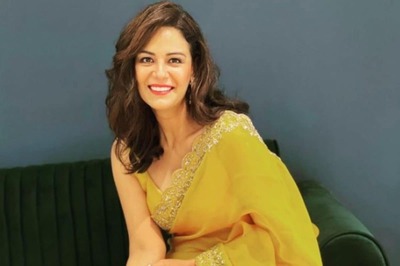



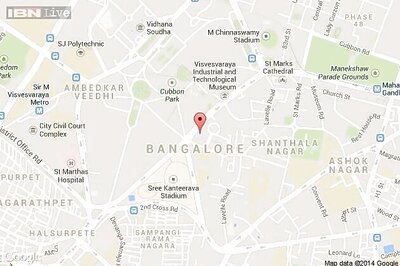

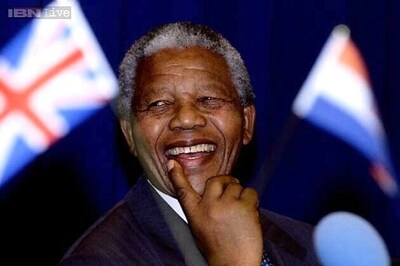



Comments
0 comment